The Barbary Pirates: How To Create Your Own Custom Barbary Pirate Flag
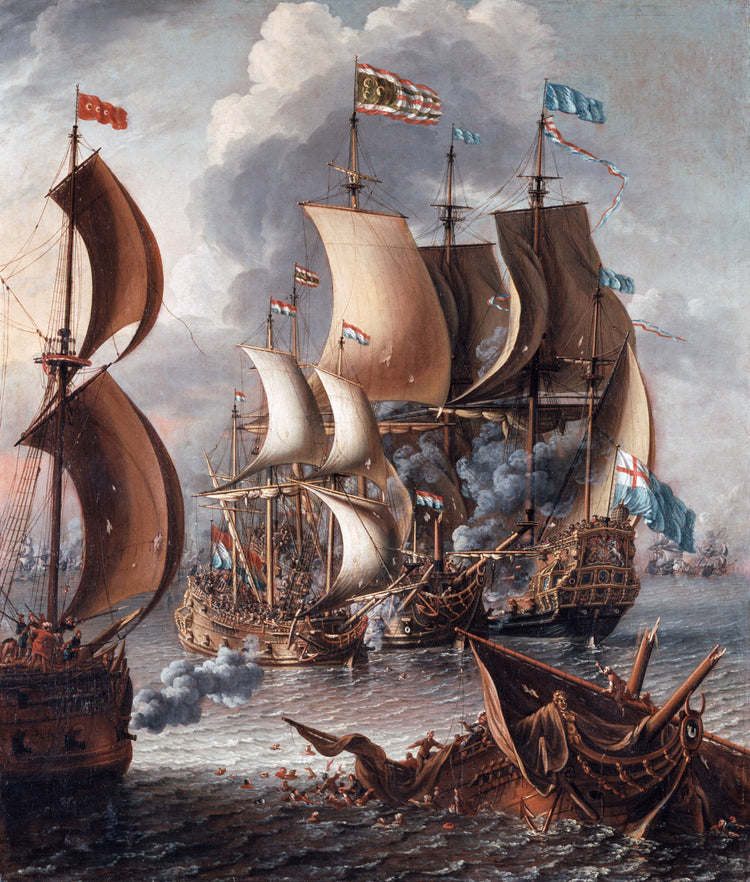
Do you love the excitement of pirates? The swashbuckling and the adventure? If so, you'll want to learn more about the Barbary pirates. These were some of the most ruthless and feared pirates of all time. And now, you can create your own custom Barbary pirate flag! In this blog post, we will discuss the history of the Barbary pirates and show you how to make your very own flag. So put on your pirate hat and get ready for some fun!
If you want to jump right in and create your own flag to fly on your Barbary corsair resembling the Barbary Pirates of North Africa click the link below.
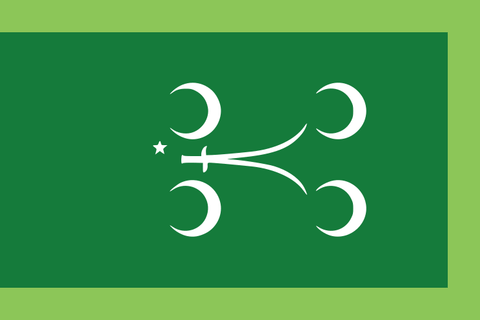
History of the Barbary Pirates
The Barbary States were a group of North African countries that were home to the Barbary pirates. These pirates terrorized the Mediterranean and Atlantic coasts for centuries. They were known for their brutality and their love of plundering. The Barbary pirates were also experts in naval warfare, and they caused a great deal of damage to European shipping.
The Barbary States were a group of Berber pirates who terrorized European ships while under Ottoman protection. They assisted the Ottomans and French in their conflicts with the Holy Roman Empire and Habsburg Empire possessions in the 1500s, and they lost Tunis to a German attack in 1527.
They fought on the side of the Ottoman Empire in its numerous conflicts, including the capture of Tunis in 1574 and Malta's unsuccessful siege attempt in 1565. They were charged with keeping trade routes closed, and their deadly foes were the Knights of St. John.
They had a revolution in the 1700s and became a republic, and in the 1820s they formed a Kingdom of Tunis in revolt. After several conflicts between the Barbary States and every European (as well as United States) country, the Spanish formed a North African empire and took control of the Barbary States.
In order to combat the piracy, the European countries formed a coalition known as the Barbary Coast Campaign. This campaign was led by the United States, joined by the European powers, and it lasted from 1801-1805. The goal of the campaign was to stop the piracy and protect European shipping routes. However, the campaign was unsuccessful and the pirates continued to terrorize sailors for many years afterwards.
North Africa
The Barbary piracy terrorized the Mediterranean sea and Atlantic coasts of Europe for centuries. The pirates were known for their brutality and love of plundering. They were experts in naval warfare and caused a great deal of damage to European shipping.
The Barbary States were a group of North African countries that were home to the Barbary pirates. These pirates operated from several different states, including Tripoli, Algiers, and Tunis. They enjoyed the protection of the Ottoman Empire.
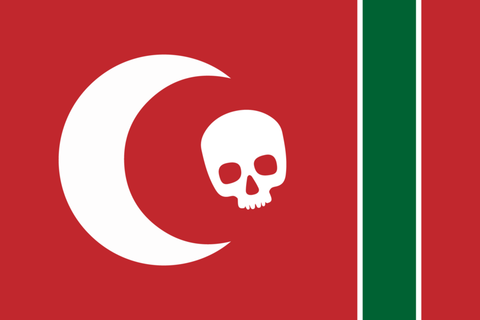
Barbary Wars
The Barbary Wars were fought over a span of 50 years across a large portion of North Africa and the Barbary coast.
The first Barbary war was fought by the United States in 1801-1805 to stop piracy by the Barbary states. They declared war in order to protect American shipping.
The second Barbary war was fought by the United States from 1815-1816 after Algiers had seized an American merchant ship and held its crew hostage.
The third Barbary War was fought by the United States from 1846-1848 after the Dey of Algiers had seized an American merchant ship and held its crew hostage.
American Merchant Ships
American merchant ships were harassed by the Barbary pirates of North Africa for years. The Barbary pirates would often seize the ships and hold the crews hostage until a ransom was paid.
Ransom
One of the main sources of income for the Barbary pirates was ransom. They would kidnap sailors and merchants and hold them for ransom. The ransom was often paid in order to free the hostages. A new treaty was often required to keep the North Africans from disrupting Mediterranean trade and that treaty almost always required paying tribute. Paying tribute was a kind of ongoing ransom payment that kept American captives from becoming part of the Barbary slave trade. Slave markets were often operated by the Barbary privateers of the various Barbary powers.

Notable Ransoms
Don Quixote was captured off the Barbary Coast in 1604 and his release was secured for a ransom of 32,000 ducats. The ransom for Don Quixote is estimated to be worth about $100,000 in today's money.
The Apollo was captured by the Barbary pirates in 1638 and its release cost the equivalent of $600,000 in today's money.
In 1785, the Dey of Algiers demanded a ransom of $60,000 for the crew of the merchant ship Dauphin. It was paid and the crew was released.
Plundering
Another main source of income for the Barbary pirates was plundering. They would raid coastal towns and steal anything that they could find. This included money, food, weapons, and slaves.
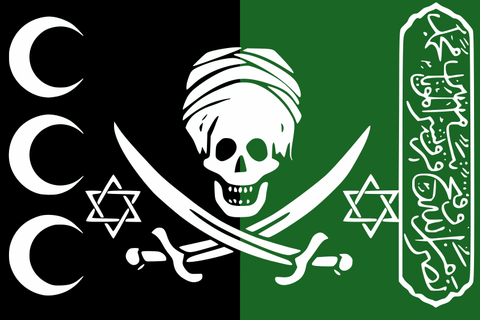
Naval Warfare
The Barbary pirates were experts in naval warfare . They were able to use their small ships to outmaneuver larger ships and attack them from the rear. They would often wait for an enemy ship to pass by, then they would ram it with their ship and set fire to it.

Thomas Jefferson
President Thomas Jefferson was instrumental in the defeat of the Barbary Pirates. He was the third president of the United States, and he served from 1801-1809.
The pasha of Tripoli abrogated his treaty with the United States in May 1801, announcing war on American shipping. President Jefferson ordered a naval squadron of four ships to the Mediterranean even before he knew that Tripoli declared war. The United States fought in North Africa along the Barbary coast, but neither this squad nor a second one dispatched the next year accomplished much. The U.S. Navy ships blockaded Tripoli harbor for a short time.
He was a leader in the Barbary Coast Campaign, and his efforts led to the signing of the Treaty of Tripoli in 1805. This treaty recognized America's independence from European rule and ended hostilities between America and the Barbary States. The Jeffersonian idea was that America should fight the Barbary pirates on their own terms and use limited force to protect its interests.
Jefferson is also known for his role in the Louisiana Purchase, and he is considered one of the most influential presidents in American history.
John Adams
John Adams knew American ships needed to be protected for the fledgling American commerce to continue. Additionally, he knew the United States was not powerful enough to take on the Barbary Pirates in a war. This led him to negotiate treaties with Algiers and Tunis, but this did not work out well for American interests. He then negotiated another treaty with Tripoli which included a ransom payment of $83,000 plus an annual tribute of $ 25,000.
These annual payments were not ideal, but at the time it was necessary for the release of American prisoners in Algiers, Tunis, and Tripoli. European powers were forced to agree to similar treaties as the one that the United States agreed to.
James Madison
President Madison had to deal with the Barbary corsairs as well. After congress passed the Naval Act of 1815, Madison authorized the construction of six new frigates. This was in response to the seizure of two American ships by Algiers. The Naval Act of 1815 allowed for an increase in the size and number of American naval vessels. These ships were able to deal with the Barbary pirates on more equal footing.

Barbary Pirate Flags
Barbary corsairs were fierce fast ships modeled after the Ottoman corsairs of the middle east. They flew their pirate flags to represent their Barbary rulers, and to show their naval power.
Historical Barbary Pirate Flags
The Barbary Pirate flags were traditionally red, green, and black because those were the colors of the flag of the Ottoman Empire. However, there was great variation in the designs of these flags. Some featured images of skulls and crossbones, while others had Muslim religious symbols.
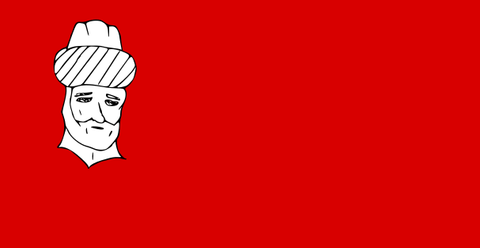
Create Your Own Barbary Pirate Flag
Follow the link below and declare war to change the Atlantic balance! Now that you know a little bit about the Barbary pirates, it's time to make your own Barbary Pirate flag!
Design your very own custom flag! Choose from one of our many, online flag designers:
Get Started